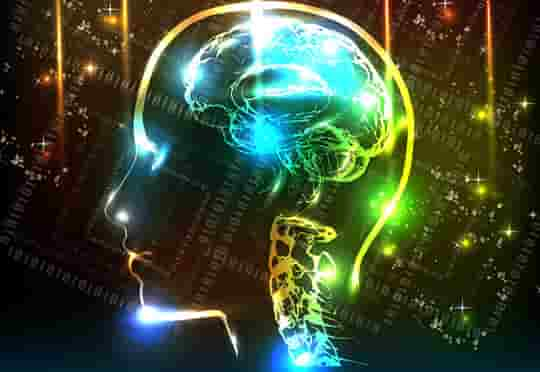When we try to recall something, we reach for the ‘gist’ of it first and then try to fill in the details.
The brain works in reverse to retrieve memories, research shows.
When we try to recall something, we reach for the gist of it first and then try to fill in the details.
This is the opposite to the way we lay down memories.
When we see an object, for example, it is the details — the colours and patterns — that we notice first.
It is only slightly later in the brain, that this shape registers as a ‘dog’ or a ‘spoon’.
Mr Juan Linde-Domingo, the study’s first author, said:
“We know that our memories are not exact replicas of the things we originally experienced.
Memory is a reconstructive process, biased by personal knowledge and world views—sometimes we even remember events that never actually happened.
But exactly how memories are reconstructed in the brain, step by step, is currently not well understood.”
For the study, people were shown unusual objects and asked to associate them with novel names.
Later, they had to remember and reconstruct the images they had seen as best they could.
Recordings of brain activity suggested the memory process runs in reverse when people are recalling an object, said Dr Maria Wimber, study co-author:
“We were able to show that the participants were retrieving higher-level, abstract information, such as whether they were thinking of an animal or an inanimate object, shortly after they heard the reminder word.
It was only later that they retrieved the specific details, for example whether they had been looking at a colour object, or a black and white outline.”
Mr Linde-Domingo said:
“If our memories prioritise conceptual information, this also has consequences for how our memories change when we repeatedly retrieve them.
It suggests they will become more abstract and gist-like with each retrieval.
Although our memories seem to appear in our ‘internal eye’ as vivid images, they are not simple snapshots from the past, but reconstructed and biased representations.”
The study was published in the journal Nature Communications (Linde-Domingo et al., 2019).

